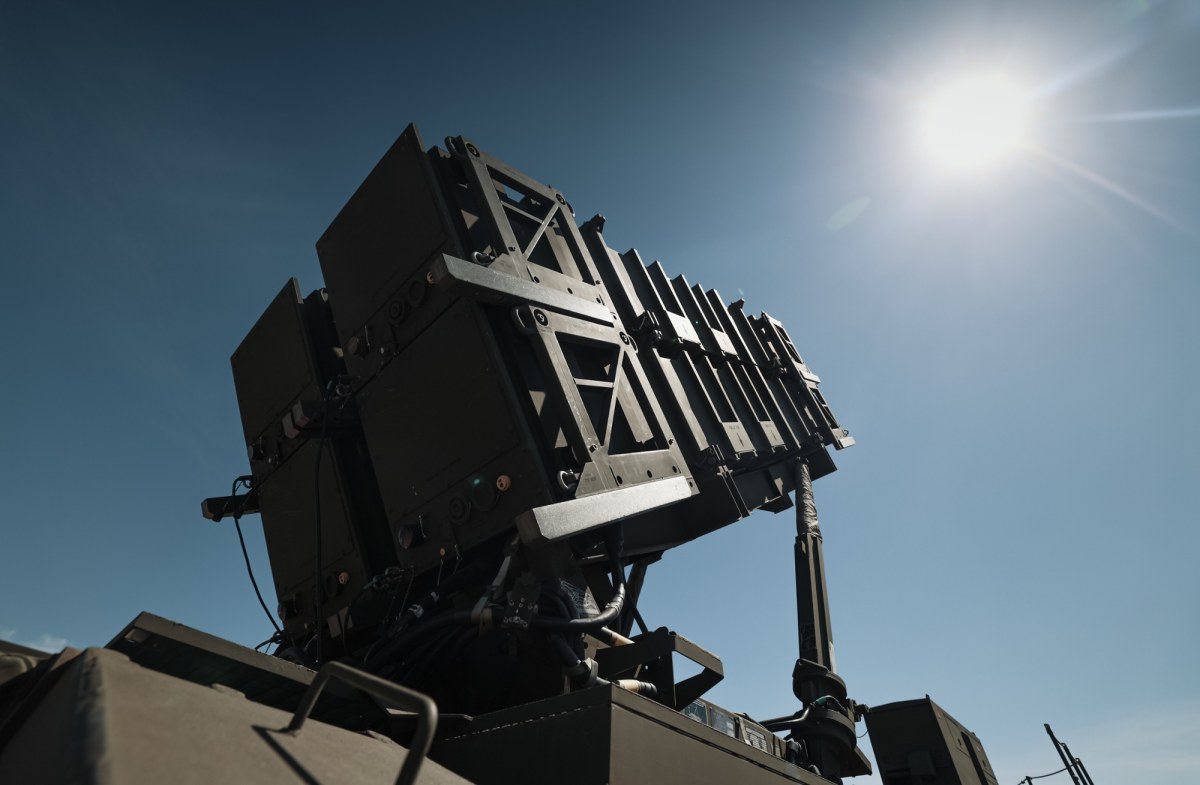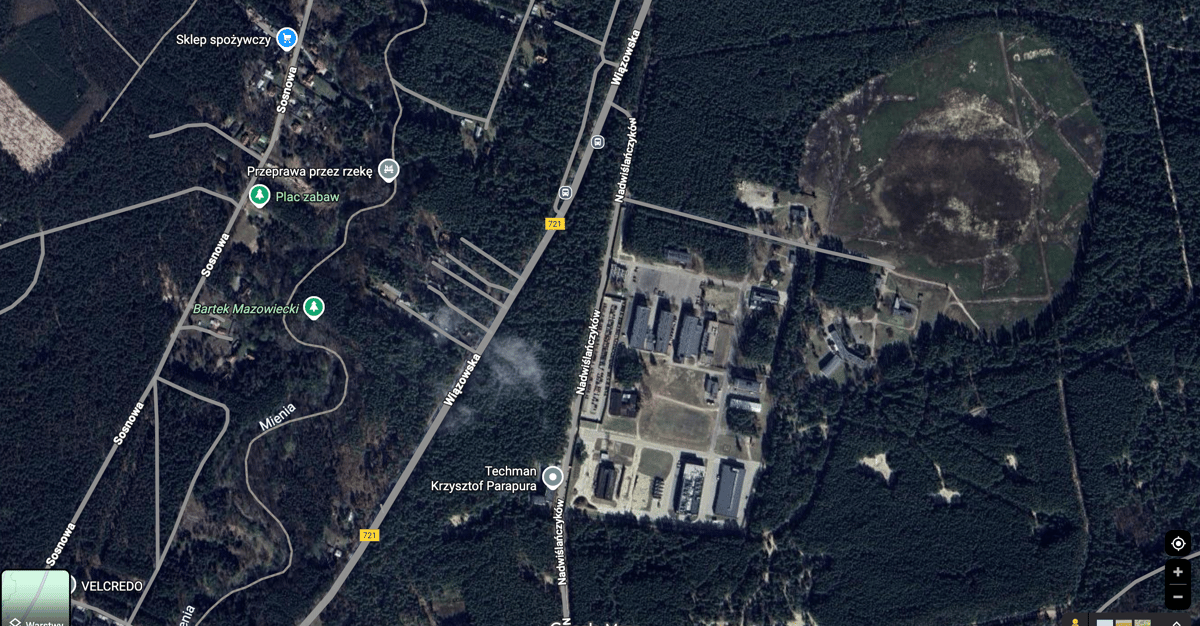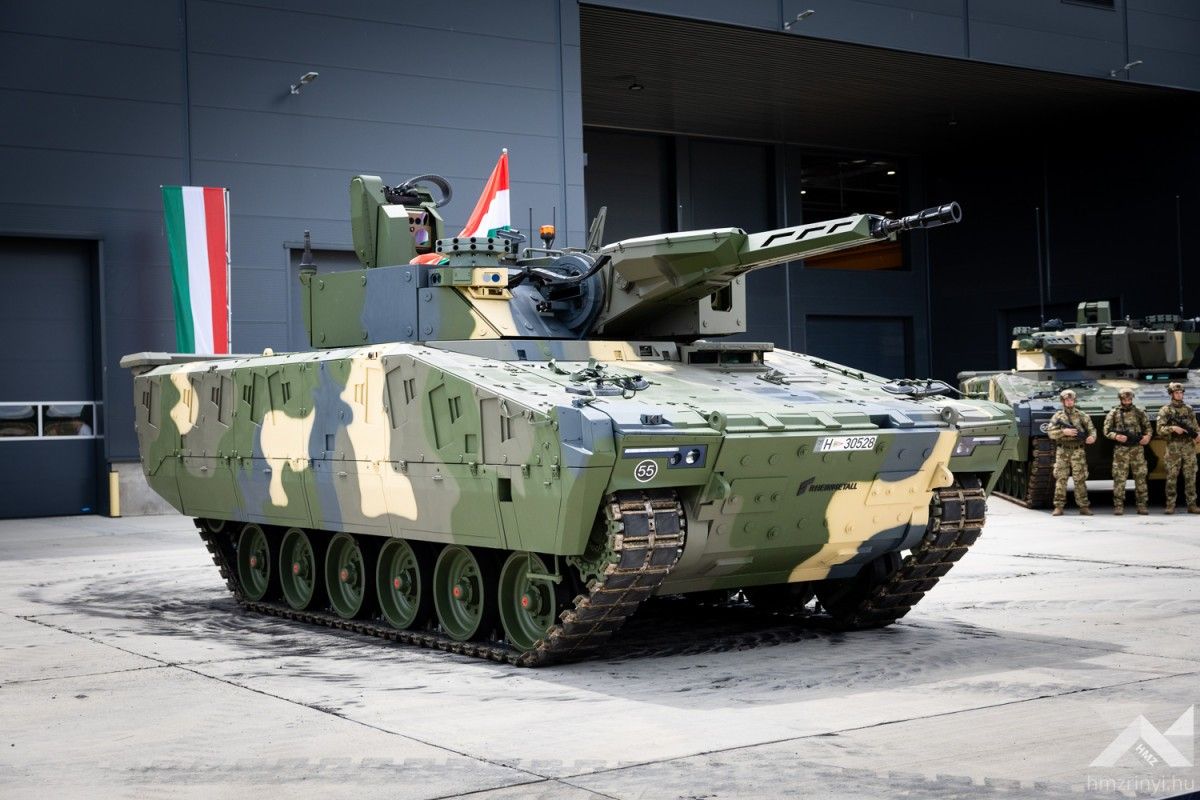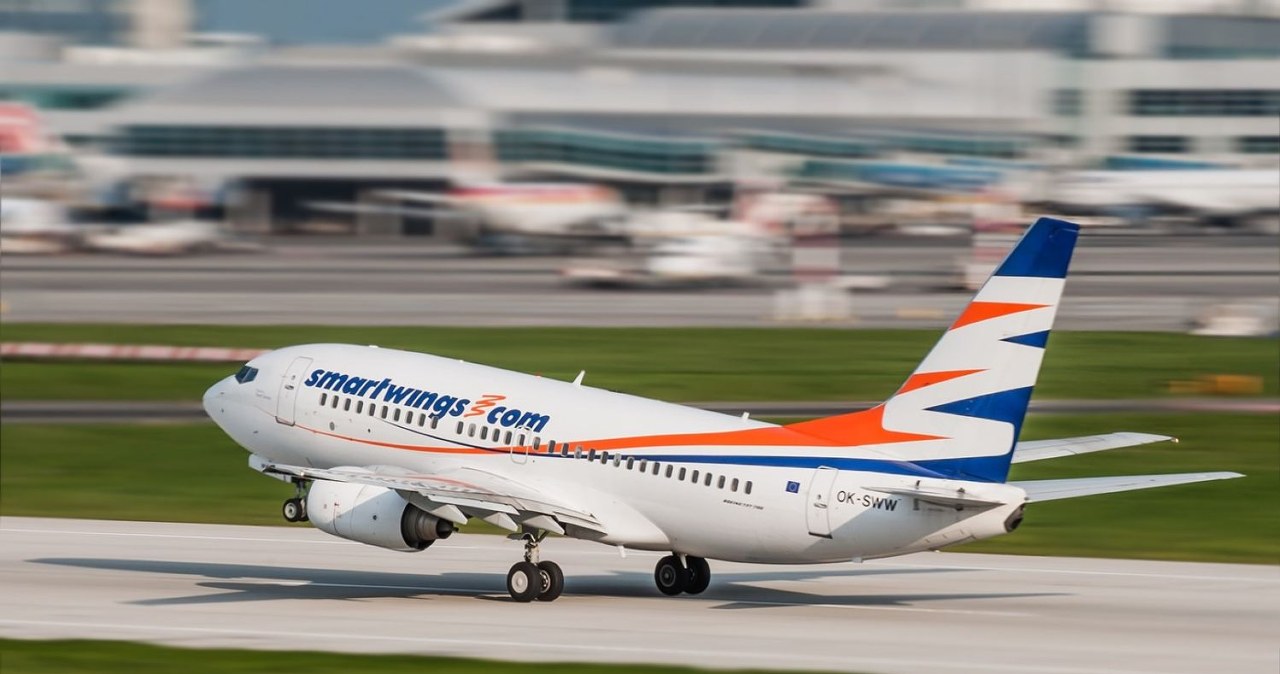- What happened: The U.S. Air Force completed Decision Advantage Sprint for Human‑Machine Teaming 2 (DASH‑2), a two‑week battle‑management experiment that tested AI tools designed to speed and sharpen operational decisions. af.mil
- Where: At the Shadow Operations Center–Nellis (ShOC‑N) team’s unclassified downtown Las Vegas site—the Howard Hughes Operations (H2O) facility used for fast, vendor‑in‑the‑loop software sprints. af.mil
- Who participated: The ABMS Cross‑Functional Team (CFT) led the event with AFRL’s 711th Human Performance Wing, Integrated Capabilities Command, and 805th Combat Training Squadron/ShOC‑N; seven teams competed (six industry, one ShOC‑N). af.mil
- The results: Prototype AI “machine teammates” generated recommendations in under 10 seconds, produced ~30× more options than human‑only cells, and two vendors each produced 6,000+ solutions in ~1 hour—with accuracy comparable to humans. af.mil
- Caveat: Speed isn’t everything—some AI‑generated courses of action (COAs) weren’t fully viable, underscoring the need for human‑in‑the‑loop review. Breaking Defense
- Why it matters: DASH supports the Air Force’s modernization of command and control under ABMS and the Pentagon’s Combined Joint All‑Domain Command and Control (CJADC2) push for decision advantage. af.mil
In‑depth report
A sprint to decision advantage
The Air Force’s second Decision Advantage Sprint for Human‑Machine Teaming wrapped with a clear message: AI can radically compress the time it takes to pair sensors, targets, and weapons—but only as a decision support to human operators. “DASH 2 proved human‑machine teaming is no longer theoretical,” said Col. Jonathan Zall, ABMS Capability Integration chief. “By fusing operator judgment with AI speed, the Air Force is shaping the future of decision advantage.” af.mil
DASH‑2 ran at the ShOC‑N’s downtown Las Vegas operating location—a deliberately unclassified site that lets operational airmen code and test with industry in real time. The H2O venue first hosted DASH‑1 and earlier sprint weeks, letting developers and battle managers iterate in hours, not months. jbsa.mil
What the team actually tested
This sprint focused on the “match effectors” decision function—choosing the best available weapon/effector for a given target under policy, timing, and risk constraints. Seven teams built microservices that watched operators work without automation, then iteratively added AI assistance before a head‑to‑head human‑only vs. human‑machine comparison measured speed, quantity, and quality of decisions. af.mil
“Being part of DASH 2 showed us how human‑machine teaming can enhance performance without losing operator judgment,” said Capt. Steven Mohan III of the 726th Air Control Squadron. af.mil
The numbers—and why they matter
According to the Air Force’s post‑event release, machines produced recommendations in <10 seconds, generated ~30× more options than human‑only teams, and two vendors each delivered 6,000+ solutions to ~20 problems in ~1 hour. The software’s accuracy was on par with human performance despite only two weeks of development; one algorithm tweak could have raised validity from ~70% to >90%. “This level of output gives commanders options to execute multiple kill chains simultaneously,” added Col. John Ohlund, ABMS CFT director. af.mil
Independent reporting from Shephard Media recapped those toplines: sub‑10‑second recommendations, ~30× option generation, and 6,000‑plus solutions per vendor in an hour. shephardmedia.com
Humans still make the call
At the Air & Space Forces Association (AFA) conference, Maj. Gen. Robert Claude put the results in context: AI generated COAs hundreds of times faster than humans, but not all were viable. “There’s still going to have to be a human in the loop … to make sure they’re all viable,” he said. Breaking Defense
That stance aligns with DoD Directive 3000.09 on autonomy in weapon systems, which requires “appropriate levels of human judgment over the use of force” and ties AI deployment to the Responsible AI strategy. esd.whs.mil
How DASH fits ABMS, CJADC2—and the DAF Battle Network
DASH is part of a broader shift from data dashboards to decision‑centric software under ABMS and the DAF’s contribution to CJADC2. Earlier ShOC‑N capstones and sprint weeks integrated AI tools (including Maven‑based applications) and connected U.S. and Five Eyes partners to experiment with kill‑chain automation and coalition interoperability—all feeding the DAF Battle Network architecture. DVIDS
“We’re not buying software to display more data,” said Col. Christopher Cannon, ABMS CFT lead, after DASH‑1. “Coders are building software that actively helps operators transform data into measurably better battle management.” DVIDS
Why ShOC‑N’s downtown lab matters
Running at the H2O site lowers classification barriers so warfighters and coders can co‑develop at speed. “Our mission is to put new capabilities into operators’ hands and test them under conditions that resemble real‑world battle management,” said Lt. Col. Shawn Finney, 805th CTS/ShOC‑N commander. “DASH 2 showed how the battle lab bridges the gap between concept and capability.” af.mil
Guardrails, trust, and operator workload
AFRL’s 711th Human Performance Wing instrumented teams to track workload and teaming dynamics, confirming AI can accelerate decisions while keeping humans at the center. That focus on human performance—plus the RAI (Responsible AI) framework—aims to reduce cognitive burdens without sacrificing accountability. af.mil
What’s next
Before DASH‑2 wrapped, officials signaled more sprints ahead; ShOC‑N forecast additional experiments in 2025 and four events in 2026 as part of a building‑block campaign to translate insights into fieldable C2 microservices. DefenseScoop
Expert voices (short quotes)
- Col. Jonathan Zall, ABMS CFT: “DASH 2 proved human‑machine teaming is no longer theoretical.” af.mil
- Col. John Ohlund, ABMS CFT director: “This level of output gives commanders options to execute multiple kill chains simultaneously.” af.mil
- Maj. Gen. Robert Claude, ABMS team: “There’s still going to have to be a human in the loop.” Breaking Defense
- Lt. Col. Shawn Finney, ShOC‑N commander: “The battle lab enables rigorous testing while maintaining operational fidelity.” af.mil
- Capt. Steven Mohan III, 726th ACS: “Human‑machine teaming can enhance performance without losing operator judgment.” af.mil
- Col. Christopher Cannon, ABMS CFT: “We’re not buying software to display more data … [but] to help operators act faster and smarter.” DVIDS
What did DASH‑1 show—and how did we get here?
DASH‑1 (June 2025) validated the method: in tightly scoped problem sets, human‑machine teams cut average decision time seven‑fold, doubled dilemmas addressed, and tripled valid solutions—with human‑level error rates. That sprint ran at H2O with U.S. and Canadian warfighters, proving that rapid, unclassified co‑development can produce measurable gains in days. DVIDS
How today’s experiment relates to DoD policy
DASH‑2’s “human on/in the loop” approach reflects DoD Directive 3000.09 and the Responsible AI implementation pathway—mandating human judgment over force decisions and rigorous testing for safety, reliability, and suitability. esd.whs.mil
The bottom line
- Speed: AI can surface thousands of options in seconds.
- Quality & trust: Some solutions still need refinement and review—humans stay in charge.
- Integration: Insights from DASH feed ABMS, DAF Battle Network, and CJADC2, moving beyond glossy dashboards to decision‑centric software that operators can actually use. af.mil
Sources & further reading
- Official release on DASH‑2 with metrics and quotes (U.S. Air Force). af.mil
- Nellis AFB repost and photo set. nellis.af.mil
- Breaking Defense on speed vs. viability and keeping humans in the loop. Breaking Defense
- Shephard Media recap of DASH‑2 results. shephardmedia.com
- DASH‑1 overview and outcomes (DVIDS / AFRL). DVIDS
- ShOC‑N capstones: HMT, coalition connectivity, Maven‑based tools, and DAF Battle Network context. DVIDS
- Policy backdrop: DoD Directive 3000.09 (Autonomy in Weapon Systems). esd.whs.mil
Editor’s note: The Air Force published its DASH‑2 summary on Sept. 19, 2025; event activity at the H2O site is documented in captions dated July 29, 2025. This story synthesizes those releases with independent reporting to reflect the state of play as of October 31, 2025. af.mil
















